









Perforated stainless steel mesh is a versatile material that is used in a wide range of applications across various industries. Its unique combination of strength, durability, and aesthetic appeal make it a popular choice for many different uses. Indeed, it is a perennial favourite of our customers.
This blog explores the top 10 applications that we have supplied perforated stainless steel sheet for over the years.

Perforated stainless steel mesh is widely used in filtration systems to separate solid particles from liquids or gases. The mesh acts as a sieve, allowing the liquid or gas to pass through while trapping the solid particles. The size of the perforations can be customised to filter out particles of a specific size, making it suitable for a wide range of filtration applications, from coarse filtration to fine filtration.
The corrosion-resistant, durable, and hygienic properties of stainless steel make it an ideal material for filtration applications. Due to its high temperature and pressure resistance, it is suitable for use in demanding environments. In addition, stainless steel does not react with most chemicals, making it suitable for use in the food, pharmaceutical, and chemical industries.
The perforations in the stainless steel mesh allow air to flow through, making it an excellent material for ventilation systems in buildings, vehicles, and industrial equipment.
Perforated stainless steel mesh can be used in acoustic panels, ceilings, and walls to absorb sound waves and reduce noise levels.
We recently authored a blog article on using perforated metal sheet for acoustic applications.
Perforated stainless steel mesh is an incredibly versatile material that has found its place in the world of architectural design. The functional benefits of this material are numerous – it is durable, strong, and resistant to weather and wear, making it an ideal choice for various architectural applications.
Architecturally, perforated stainless steel mesh adds a modern and sophisticated touch to buildings and spaces. Its sleek surface, combined with the ability to customize the size and pattern of the perforations, allows architects and designers to create unique visual effects. When light interacts with the perforations, it creates dynamic patterns of shadow and light, adding depth and interest to surfaces. This can be utilised in both interior and exterior design to create feature walls, screens, and facades that are not only functional but also visually captivating.
Another key advantage of using perforated stainless steel mesh in architectural design is its ability to control light and air flow. The perforations in the mesh allow natural light to filter through, reducing the need for artificial lighting and thereby contributing to energy savings. At the same time, the perforations facilitate ventilation, allowing air to circulate while filtering out unwanted elements such as dust and debris. This makes it an excellent material for applications such as window screens, room dividers, and building facades.
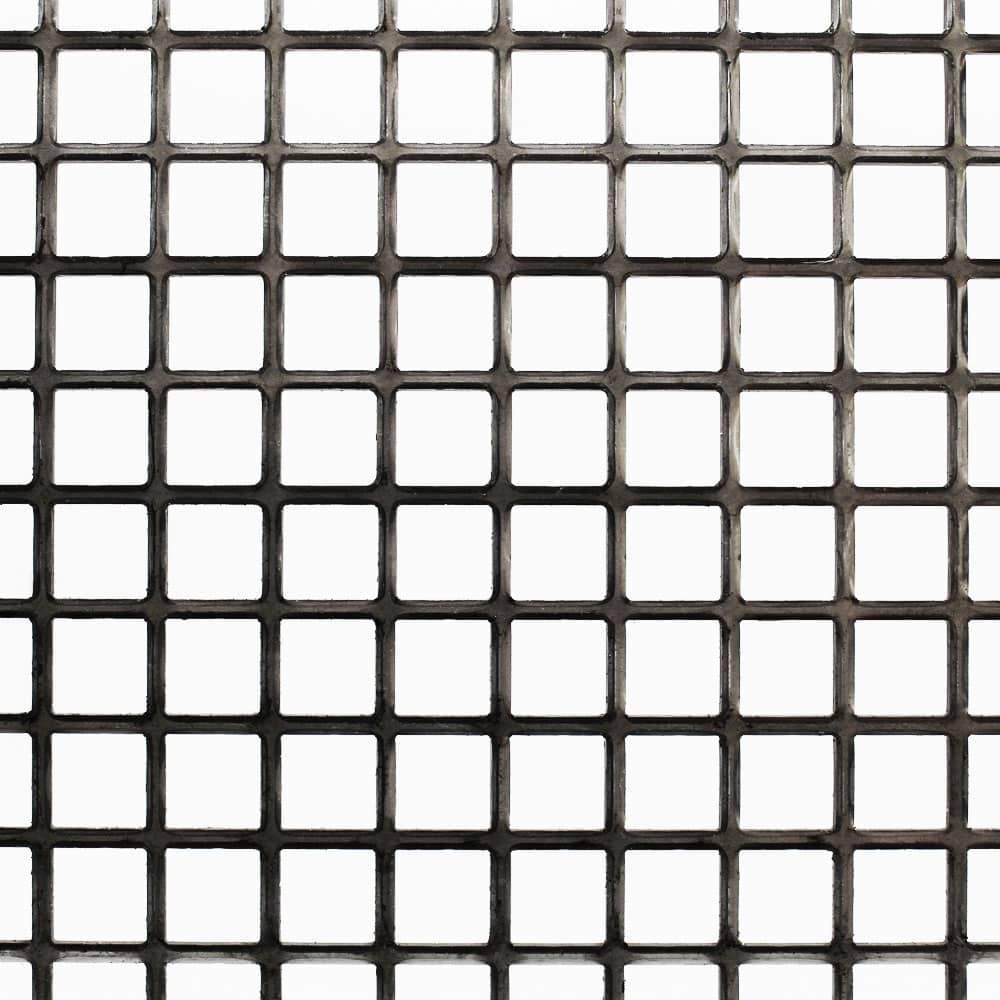
Perforated stainless steel mesh is an excellent material for sun control systems on windows and facades. By allowing natural light to pass through the mesh while blocking part of the sun’s rays, the mesh helps keep the interior of a building cool and reduce energy usage.
Perforations can be sized and patterned to control heat and light entry into a building. For example, larger perforations will allow more light and heat to pass through, while smaller perforations will block more light and heat. It is also possible to adjust the orientation of the perforations to optimise sun control at different times of the day or in different seasons.
As well as controlling light and heat, perforated stainless steel mesh provides privacy and security. It can act as a screen that obscures the view from outside while still allowing occupants to see out. Additionally, stainless steel is a strong and durable material that can provide a barrier against intruders.
You can use perforated stainless steel mesh as external sunscreens, facade fixings, or interior blinds or screens. Alternatively, it can be integrated into the glazing of windows or curtain walls.
Furthermore, the aesthetic appeal of perforated stainless steel mesh makes it a popular choice for sun control applications in modern architecture. Perforations can create interesting patterns and visual effects when light passes through, and it can be coated or painted in various colors to match a building’s design.
Perforated stainless steel mesh can be used as security screens on windows and doors to provide a barrier against intruders while maintaining ventilation.
Perforated stainless steel mesh can be used for signage and displays, allowing light to pass through and create interesting visual effects.
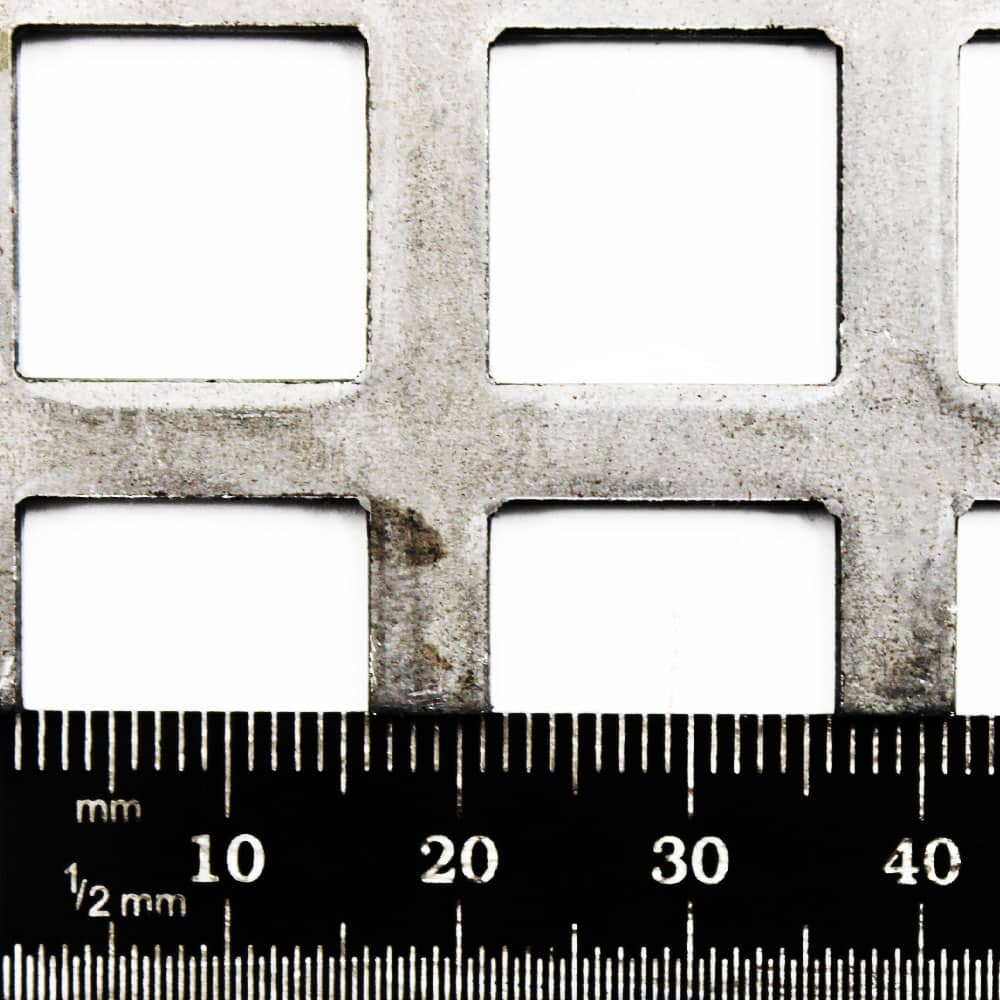
The corrosion resistance and hygiene properties of stainless steel make perforated stainless steel mesh suitable for use in food processing equipment, such as sieves, strainers, and filters.
Perforated stainless steel mesh is used in various mechanical applications, such as guards for machinery, grilles for vehicles, and covers for fans and ventilation systems.
Perforated stainless steel mesh can be used for landscaping applications, such as fencing, trellises, and planters, to create aesthetically pleasing outdoor spaces.
In conclusion, perforated stainless steel mesh is a versatile material that offers a wide range of benefits and can be used in numerous applications across various industries.
Its strength, durability, and aesthetic appeal make stainless steel a popular choice for many different uses.
As always, thank you for checking out our blog. We hope that this helps you with your project. We try to launch a couple of new guides every week. Eventually we will have covered everything there is to cover about mesh.
You may be interested in our blogs that explore mild steel, aluminium and galvanised steel perforated metal mesh.
Our goal for our blogs and help guides is to answer as many questions as possible to help to explain the possibilities of mesh to our customers.

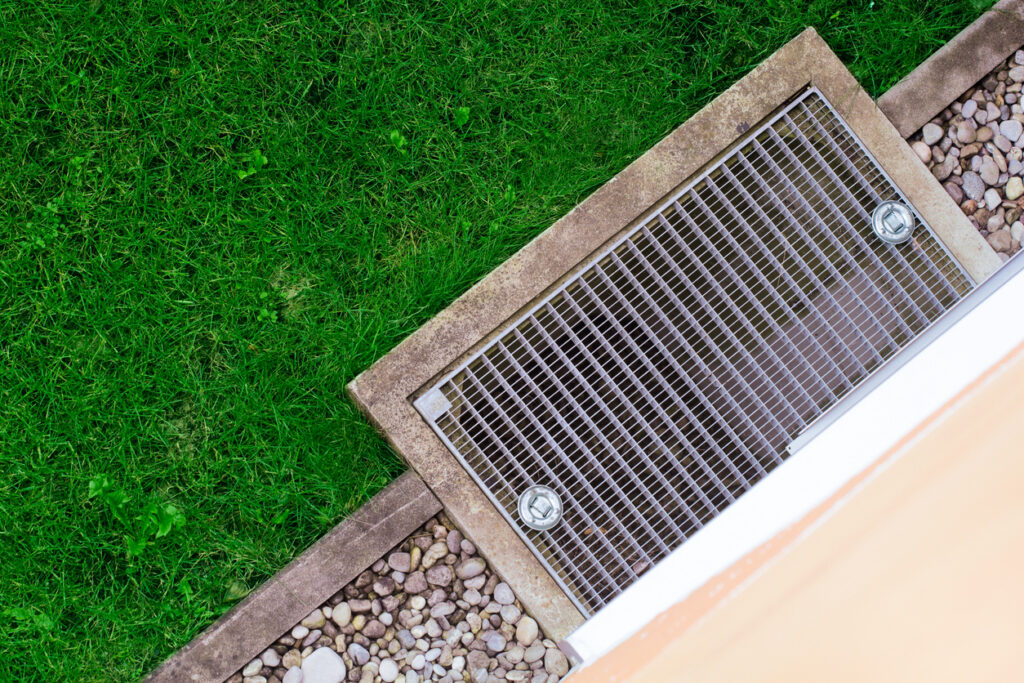

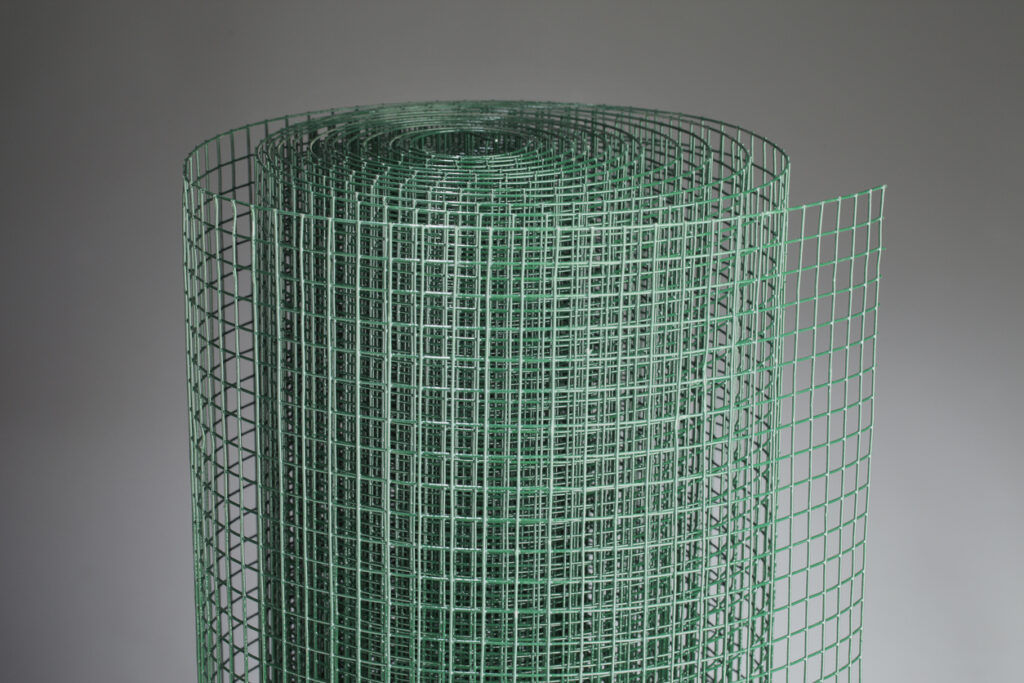
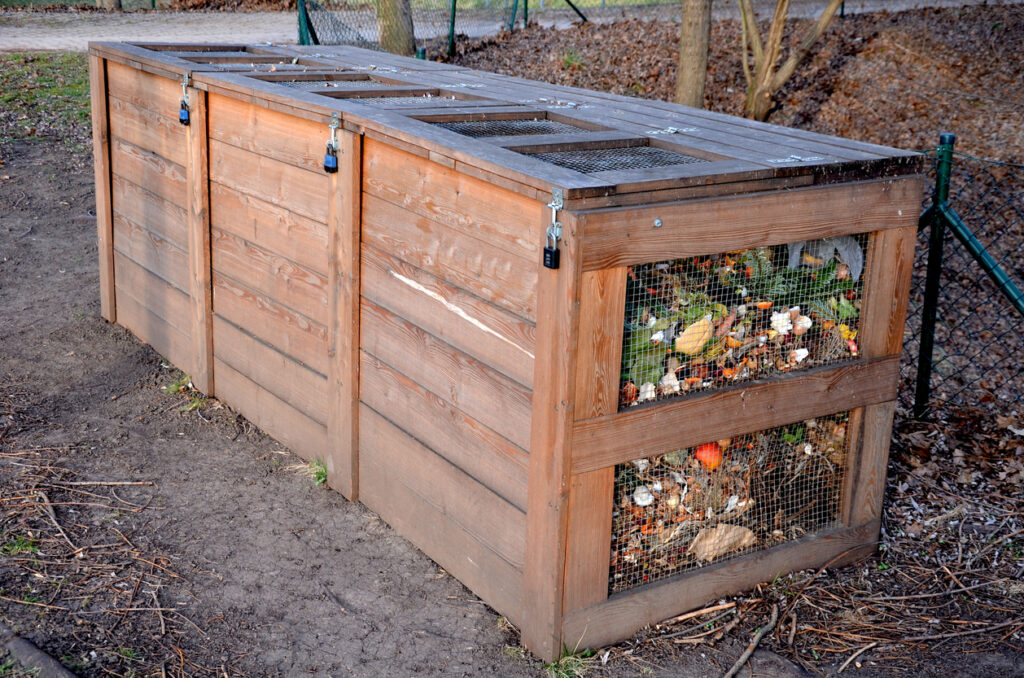





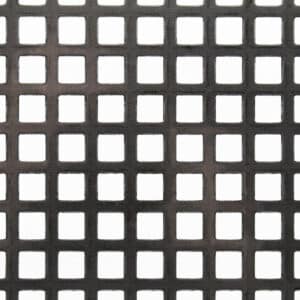
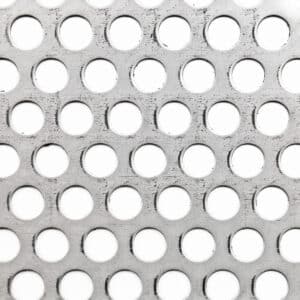
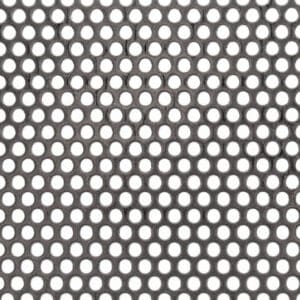
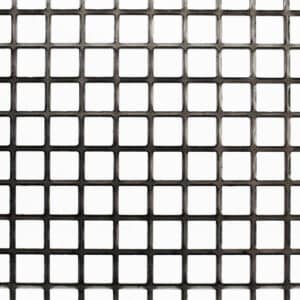
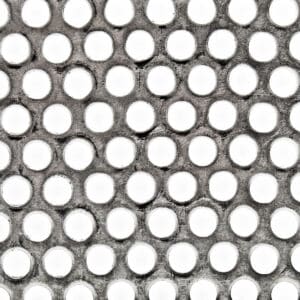
The largest range of wire mesh, chicken wire, wire fencing, woven wire mesh and perforated metal products in Europe, delivered direct from our Warrington warehouse.




Website by: Beech Web Services | Terms and Conditions | Cookie Policy | Privacy Policy | Website Terms and Conditions